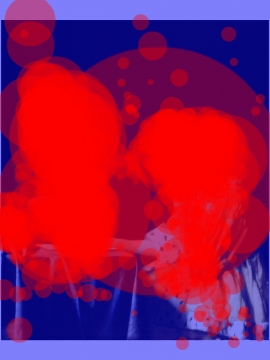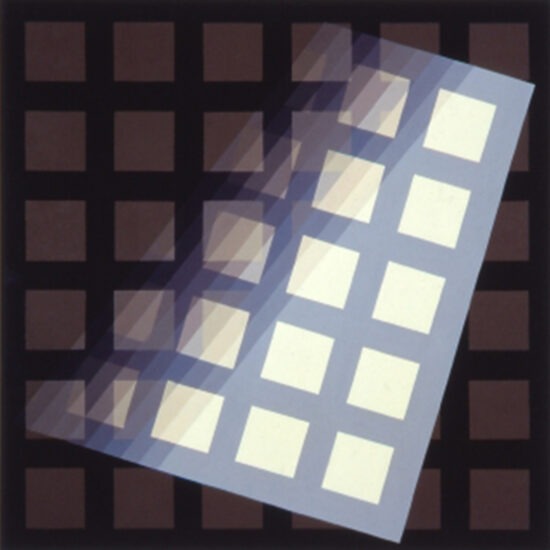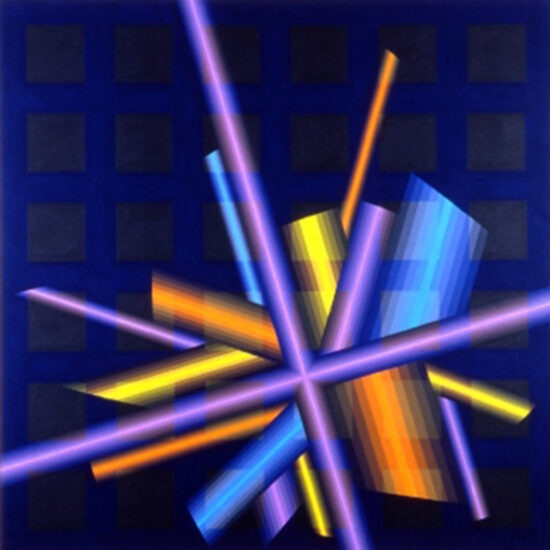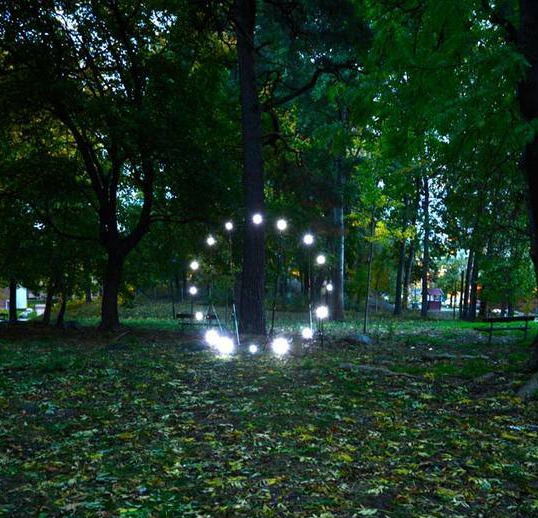There are countless ways of seeing the world, and it would be exciting if we for a moment could see it through another person’s eyes.
When you follow someone else’s eye movements registering different parts of a picture, it is like borrowing a piece of that person’s visual world. The best thing would perhaps be to study in film sequences how that person’s gaze moves across an image. Exciting and sometimes surprising.
Today, it is relatively easy to follow another person’s gaze using eye movement cameras, as they look at a work of art or some other interesting object. It is also possible to register people’s eye movements in other situations, such as when driving a car, reading or watching a movie.
The technology for studying eye movements has been around for quite long, since the mid-1900s, but today it is much more user-friendly.
Films showing how different people read works of art was shown at the Visual Worlds exhibition at Konstfack, Stockholm. Below you can get an idea of what it involved. In the stills, the red or pale areas show the zones that a group of people gaze at the most. These pictures are far less interesting, however than following a person’s gaze in real life.
Seeing how others see helps us look at the world in different ways. This became clear to Gösta Wessel, who often lectures on pictures:
I had been using a painting by Bonnard in many of my lectures. A model in a room. This is a wonderful illustration of how a painter depicts back-lighting. When I watched filmed sequences to see how others looked at the picture, I discovered that they often looked at a small area in the upper left-hand corner. Then I discovered something that had escaped my notice until then. There is a mirror there, reflecting part of the model.
An intentional focus on light and colour can alter one’s vision in a way so that what may be perceived as essential suddenly grows unimportant. There is a concept in cognitive psychology called inattentive blindness, which is exactly the phenomenon Wessel experienced. There are many other examples in scientific literature.
Many thanks to Daniel Lundqvist who filmed the eye movements and took the eye movement photographs.
—> Slutrapport Visuella Världar II (In Swedish)


































